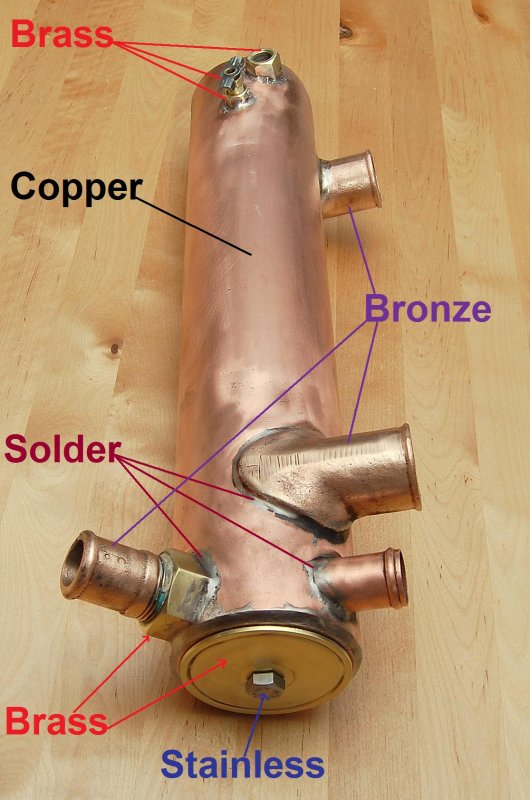My company manufactures both PG and EG engine coolants, part of my job (chemical engineer) is developing new chemistrys, so I'm not guessing.
-200 products are 100% (nearly) PG. As Ralph pointed out, the minimum freeze point is ~ -65F, depending on the data source. Burst point is a different thing; there is no official procedure, but basically it is the temperature at which copper pipe may burst. Thus, a 50% mixture of PG will begin to freeze (slush) freeze at about -20F and burst (100% frozen and begin to expand) at about -65F. Also, it depends on whether we are talking about copper pipe (strong and tough) or PVC and cast iron (brittle). PVC bursts considerably sooner. Really, copper pipe burst points are of little interest to boaters.
Even though burst points are lower than freeze points, this is a dangerous gamble; upon repeated freezing the ice (water, at first) floats and the glycol stay low in the engine. Next thing you know you have water near the top, it freezes and something splits. Yes, antifreeze that is not formulated for minimum freeze point can stratify. We've broken enough pipe in our own plant to be certain of this.
The PG and inhibitors in all of the products should be the same when diluted to the same concentration. I wish they would just put % PG on the container. I believe WM does, though some others do not.
Why not use EG--regular automotive AF--instead? Less is needed (EG has better freeze protection than PG), automotive inhibitor chemistry is better tested, and the effect on the environment is LESS. Yes, less, because EG is slight more biodegradable, less toxic to FISH and less is used. EG is also less harmfull to rubber parts, one of the primary reasons no OEM uses PG in cars. EG won't ruin your neoprene raw water impeller as PG will (nitrile impellers are impervious to this). Using PG in marine black water and engine systems is a myth perpetuated by PG manufacturers and marine centers.
DO USE ONLY PG in your POTABLE WATER SYSTEM! EG is toxic to mammals, just not to fish. Don't take my word, ask the EPA.
http://water.epa.gov/scitech/wastetech/guide/airport/upload/2005_10_07_guide_airport_airport.pdf
Some additional information posted here:
http://sail-delmarva.blogspot.com/2009/11/marine-winterizing-antifreeze-and.html
Also this Practical Sailor Post. Nice photo of nylon strainer ruined by PG.
http://www.practical-sailor.com/blog/-11059-1.html
(no subscription needed for this)


